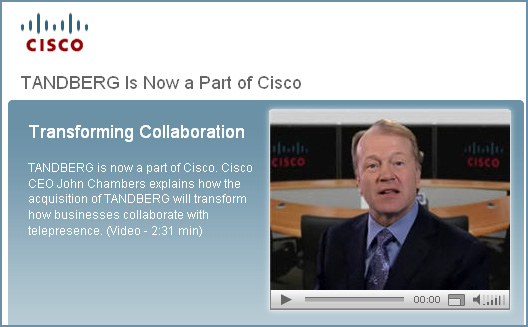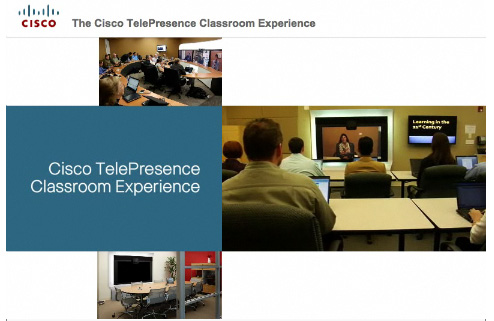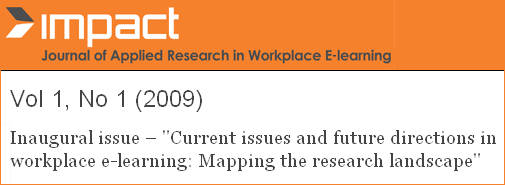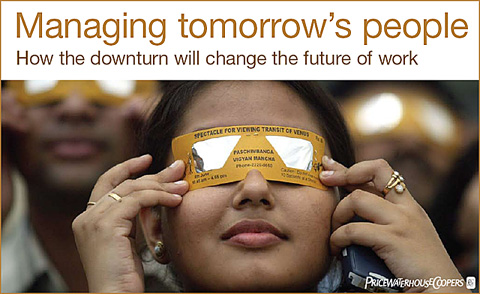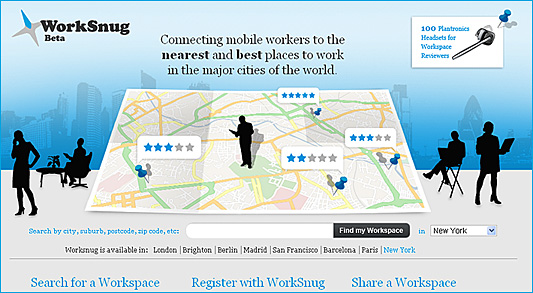Career readiness: Don’t expect too much from colleges — from educationnext.org by Mark Bauerlein
A few weeks ago, Hart Research Associates released a report entitled “Raising the Bar: Employers’ Views on College Learning in the Wake of the Economic Downturn.” The report listed the findings of a survey of 302 employers whose firms have 25+ employees, with at least one-fourth of new hires possessing a two-year or four-year college degree. It was commissioned by the Association of American Colleges & Universities, apparently to determine how well post-secondary school curricula match up with workplace demands.
One of the broadest indicators: “Only one in four employers thinks that two-year and four-year colleges are doing a good job in preparing students for the challenges of a global economy.”
Interestingly, employers didn’t endorse a training-oriented kind of preparation. They preferred “a blend of liberal and applied learning.” Indeed, they emphasized not only skills and knowledge tailored to a specific field, but also “a broad range of skills and knowledge.” (emphasis DSC)
Because of the focus on the “global economy,” on the actual conditions of the downturn and the “more complex” realities of our hyper-connected world, the report speaks of “active learning,” “real-world settings,” “cultural and ethnic diversity,” “the challenges of today’s global economy,” “ethical decision-making,” and “emerging educational practices.” These ideas and terms are common enough in education circles. (emphasis DSC)
From DSC:
I post this with hesitation, as I don’t see parents — or students who are funding their own educations these days — having the luxury to take such a viewpoint. At the price of $100,000+ for 4 years, can someone not expect a serious ROI that involves being able to (at least in some substantial part) “hit the ground running”?
On another note, I suppose Mark’s right to say that the earlier students learn how to write well the better (and he emphasizes the importance of the middle and high school years). However, that doesn’t seem to be happening in many cases. Hmmm….no easy answers here…as he mentions, learning how to write is a labor-intensive process.









